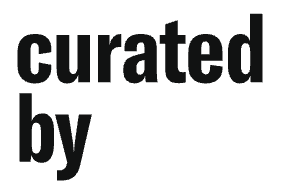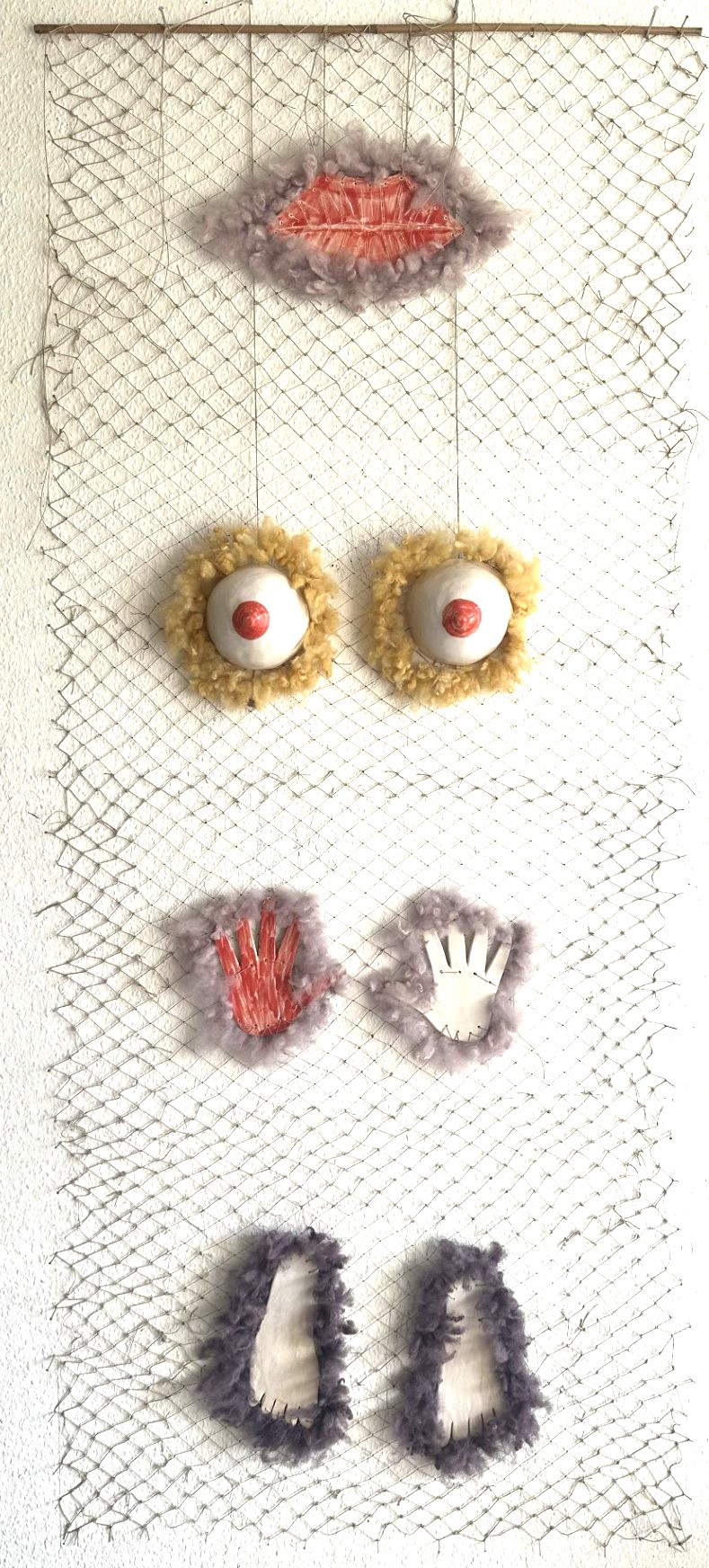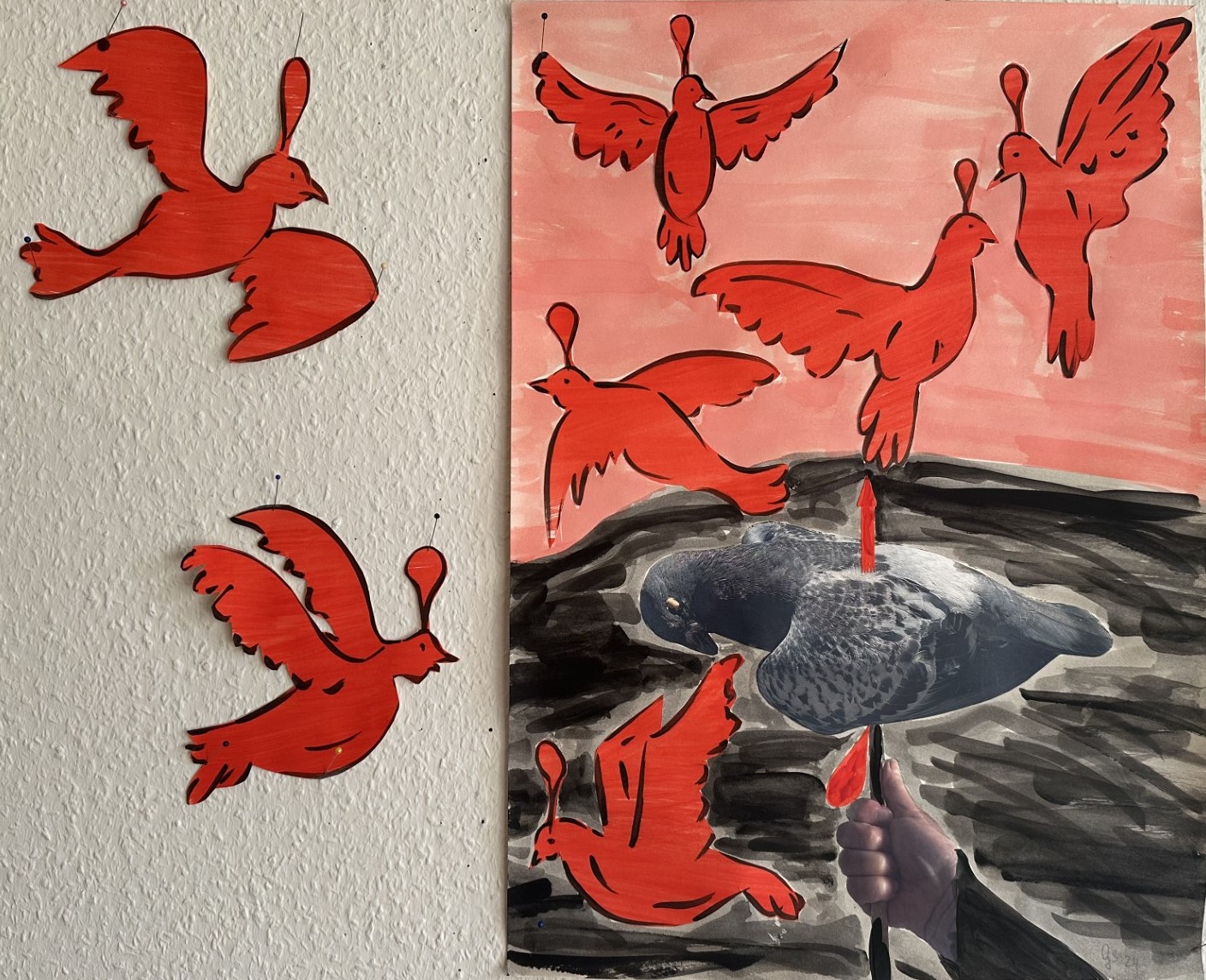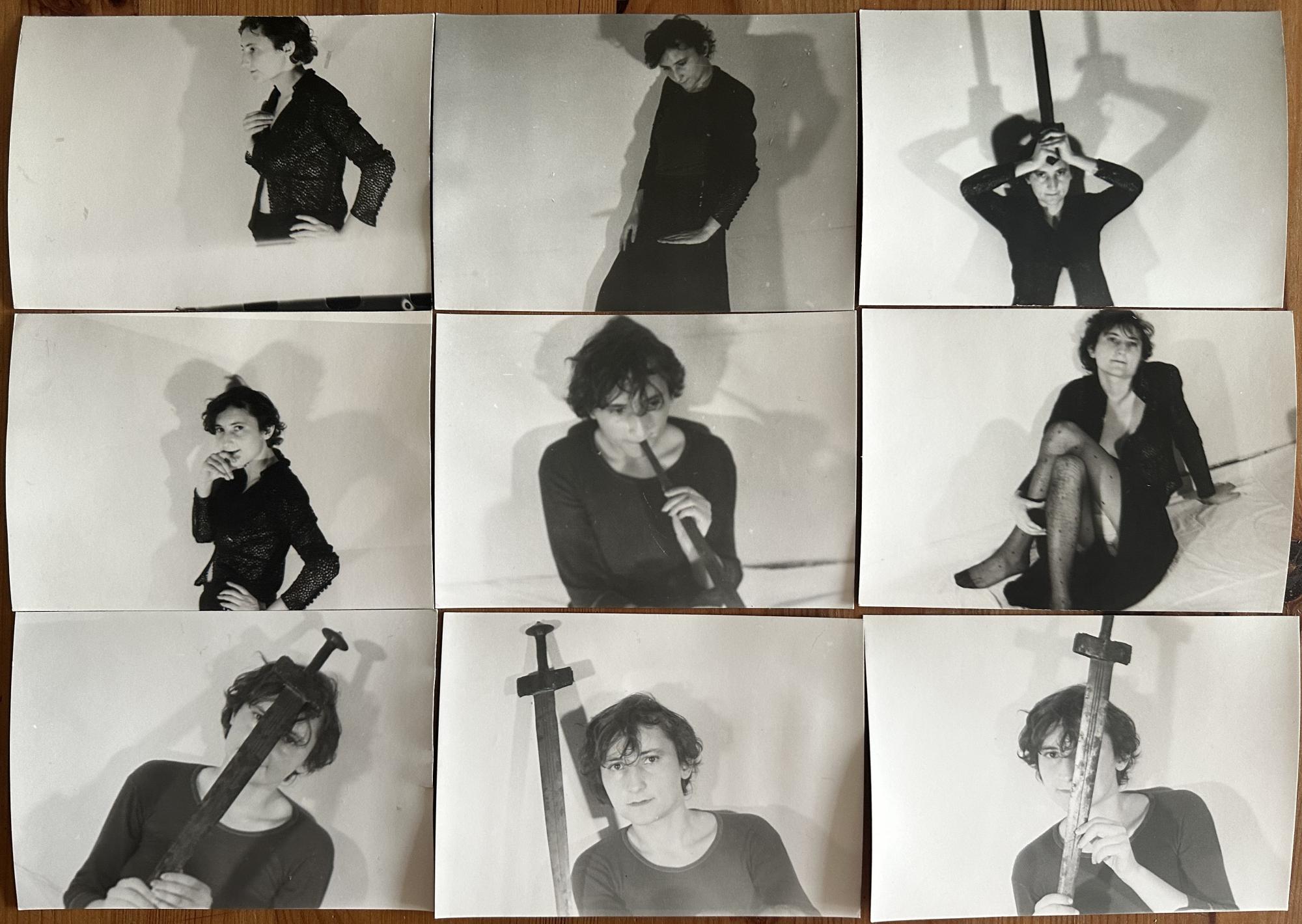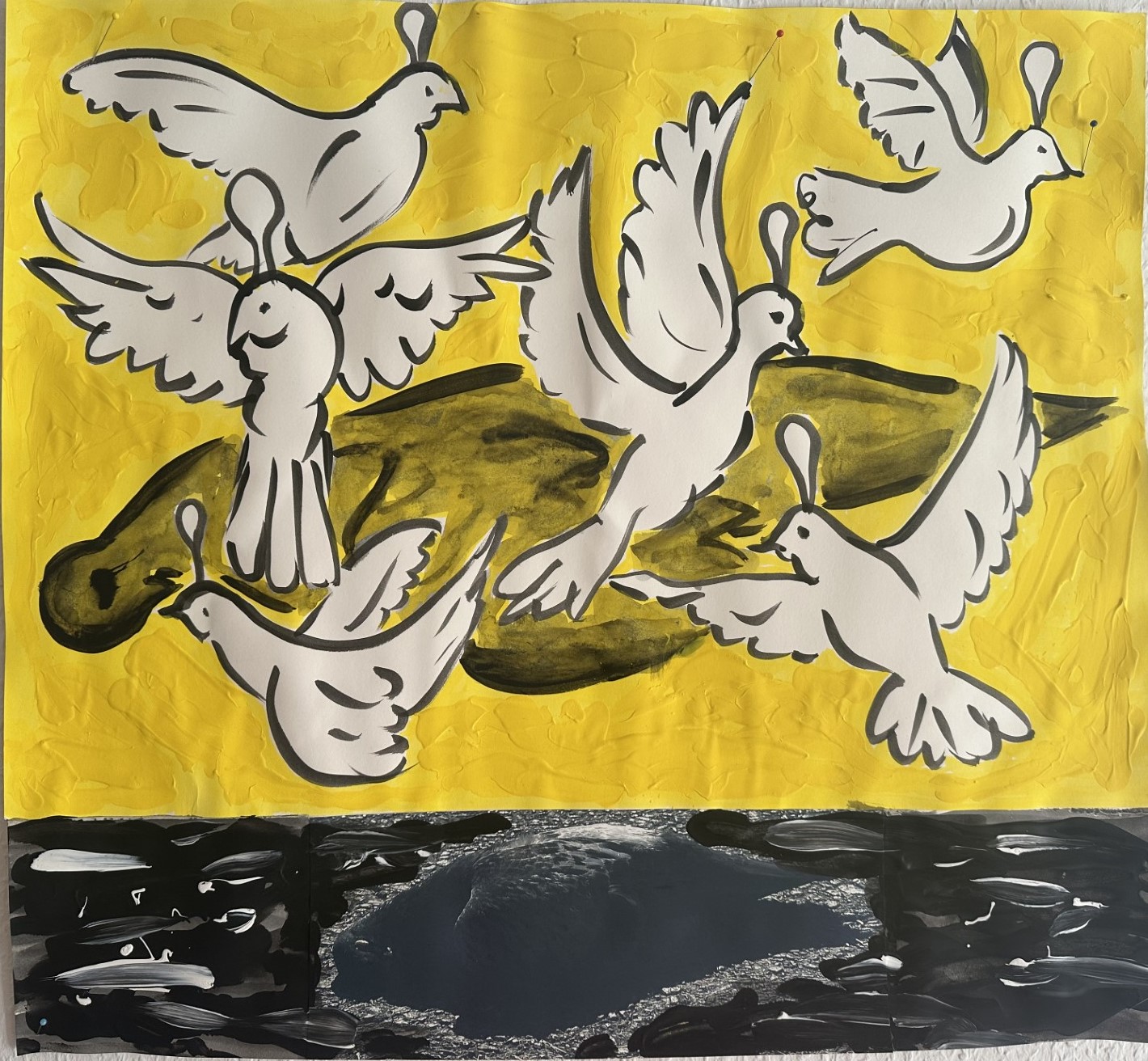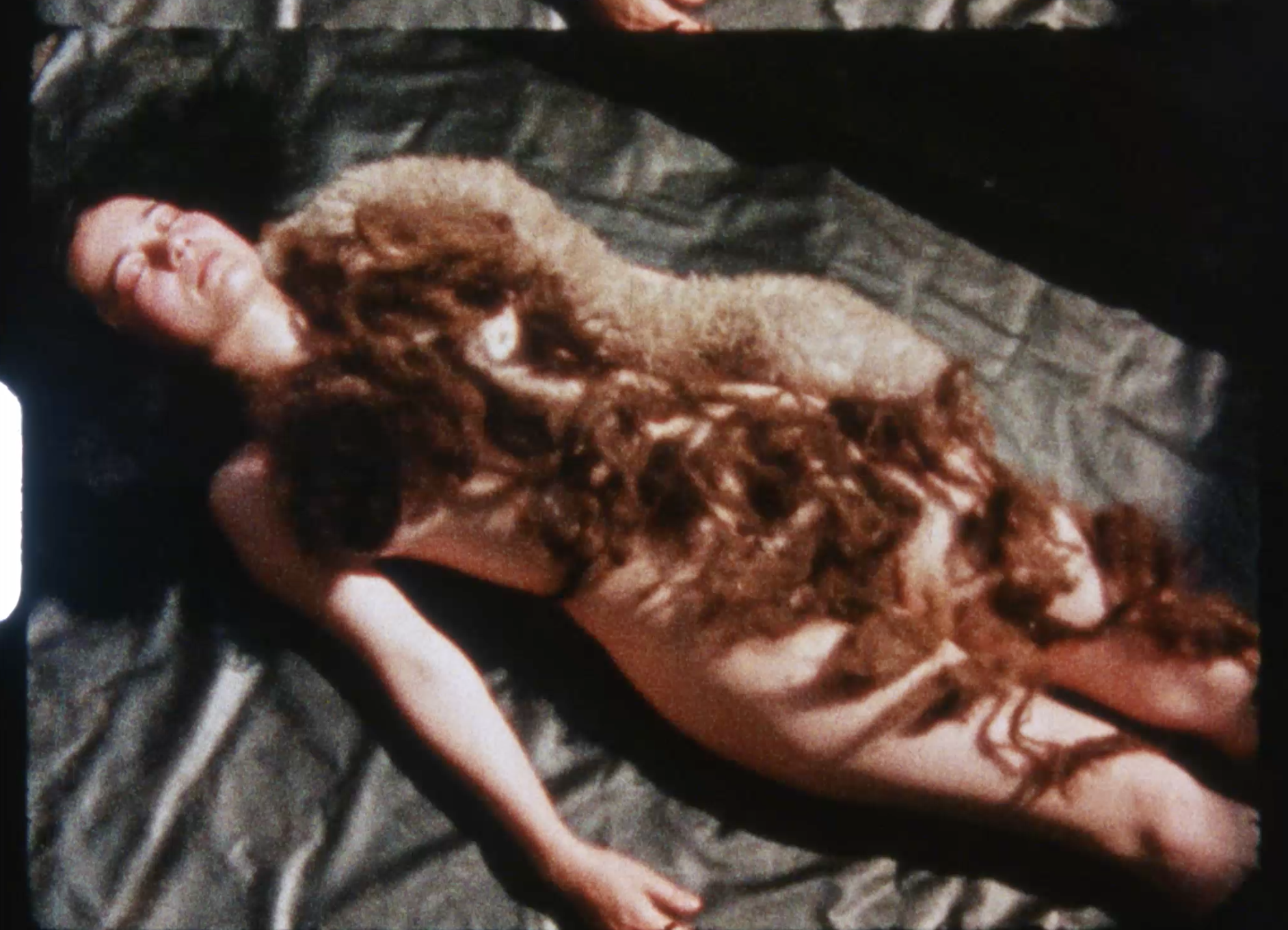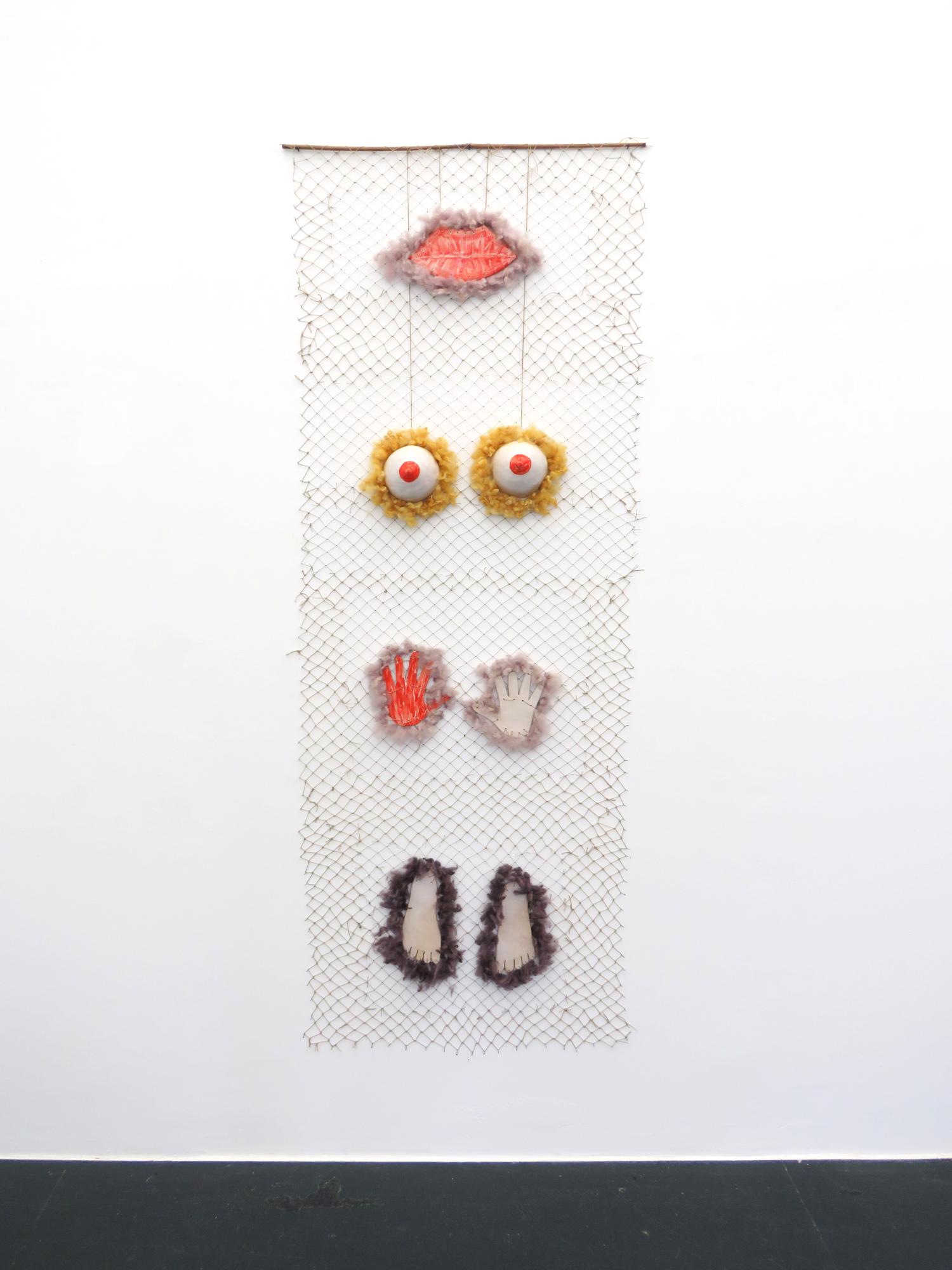silvia steinek galerie curated by Katalin Krasznahorkai
„Didn´t I amuse you brilliantly?“

www.galerie.steinek.at
Curator(s):


Artist(s):
-
Gabriele Stötzer Moreborn in 1953 in Emleben near Gotha, lives and works in Erfurt and the Netherlands. Stötzer, who was expelled from the Erfurt University of Education in 1976, was sent to Hoheneck women's prison for a year in 1977 for a petition against the expatriation of Wolf Biermann. After her release, she worked in a factory on probation, quit and ran the private "Galerie im Flur" in Erfurt until it was banned in 1981. Stötzer then began to work as an independent artist, was active in the East German art and underground scene, worked on her own exhibition projects and publications, and initiated and founded the Erfurt women's artists' group, whose work offered women resistance and "a projection surface as well as a place for political and social inscriptions" for more than ten years. In 1989, Stötzer was one of the initiators of the citizens' initiative "Women for Change" and was involved in the occupation of the Erfurt headquarters of the State Security Service. From 1990 onwards, she spent time abroad, combining public exhibitions, publications, symposia, work grants, lecture and reading tours. Since 2010 she has been a lecturer in performance at the University of Erfurt. In 2013, Stötzer was awarded the Federal Cross of Merit for her political and artistic commitment in the GDR. Her book "The Long Arm of the Stasi. The Art Scene of the 1960s, 1970s and 1980s in Erfurt - a Report" was published in 2022.
Exhibition text
More
Didn't I amuse you brilliantly?
Punks in Buchenwald; Winfried, a transvestite “trained” by the Stasi in a three-day photo session; Stötzer with sword and fur as Joan of Arc of the underground; a photo series of repeated glances out of her prison window onto a few square meters of “free run”; a net as a woman's body, films of performances in which she turns her imprisonment in one of the most notorious women's prisons in the GDR into art; a Super 8 film about the physical and psychological limits of death, willingness to sacrifice or the self-questioning in her film “Didn't I amuse you brilliantly?”. All of this is part of Gabriele Stötzer's oeuvre, which spans almost forty years and will be shown for the first time in Austria this fall as part of “Curated by” at Silvia Steinek Galerie.
Gabriele Stötzer - photographer, filmmaker, writer and performer - is an exceptional artist who cannot be stopped. Neither by political repression (forced exmatriculation after she showed solidarity with a system-critical fellow student, nor by state violence (she was one of the first signatories of a petition against the expatriation of singer-songwriter Wolf Biermann for which she was sentenced to one year imprisonment), of subversive tactics of control and manipulation by the state security that lasted for decades (there were several “operational procedures” that were supposed to prevent her from working as an artist, founding her own gallery, organizing a collective of friends and colleagues around her), or from being recognized in public) or of the relative silence of the art world that she was confronted with after 1990. Stötzer saw and still sees her political and social commitment as part of her wide-ranging artistic practice: she was one of the initiators of the citizens' initiative „Women for Change“ and occupied the Stasi headquarters in Erfurt in 1989 together with other women from the female artists group she founded in Erfurt, for which she was awarded the Federal Cross of Merit in 2013.
What Stötzer did against all these attempts to prevent her, to extinguish her, and to silence her, was: art. She focused on the status of the female body in dictatorships, but also in the “free world”. And now she had another, very special artistic material at her disposal: her secret service files, which the Ministry for State Security of the former GDR had created about her and which were now accessible in the Stasi Records Archive. An archive that itself became an actor in the reproduction and production of fictions and fictionalized narratives. An archive that had uncannily specialized in “untold stories”. An archive whose “survival” Stötzer had made possible by occupying the Stasi headquarters in Erfurt, as this saved numerous files from being destroyed. The Stasi Records Archive became an actor of untold narratives in the reappraisal of dictatorships, Stötzer used it in her own artistic work. She disclosed the files about herself and thus also their absurdity, thereby disempowering them.
The international attention that Stötzer's work has received in recent years testifies to the assertion of an artistic oeuvre that also makes strong statements about self-empowerment through art in times of dictatorship. It sheds light on Stasi methods, which are once again being used against artists, and examines the role of female artists today. The selection shown in this exhibition also demonstrates the unbroken relevance of this oeuvre with new installations and drawings.
Gabriele Stötzer's work is still characterized today by the exploration of individual and collective experiences in the context of repression, surveillance and female identity. Her artistic works, which are often based on personal experiences and resistance to state control, bring to the surface the voices and stories that have long been suppressed or ignored. There are elements in her art that break through the silence and invisibility both visually and narratively, making marginalized and suppressed stories visible. Bringing these untold stories to the center of artistic and social attention is more important today than ever. The works thus provoke an examination of hegemonic narratives and institutionalized systems of power that favour certain perspectives and silence others. Through her artistic practice, Stötzer constantly gives the “untold stories” new forms and shows how art can serve as a medium to break the silence, reveal power structures and critically question them.
Her work also highlights the importance of finding artistic forms of expression that make the invisible and repressed stories of our past and present visible and thereby contribute to the reflection and reshaping of our collective memories and identities. At a time when repressive, authoritarian voices are gaining strength worldwide and the suppression of artistic freedom is also increasing in Europe, Gabriele Stötzer's work is becoming even more relevant. Stötzer's work reminds us that artistic freedom is not just an individual right, but a collective good, and that her artistic freedom is the freedom of us all.
Katalin Krasznahorkai

